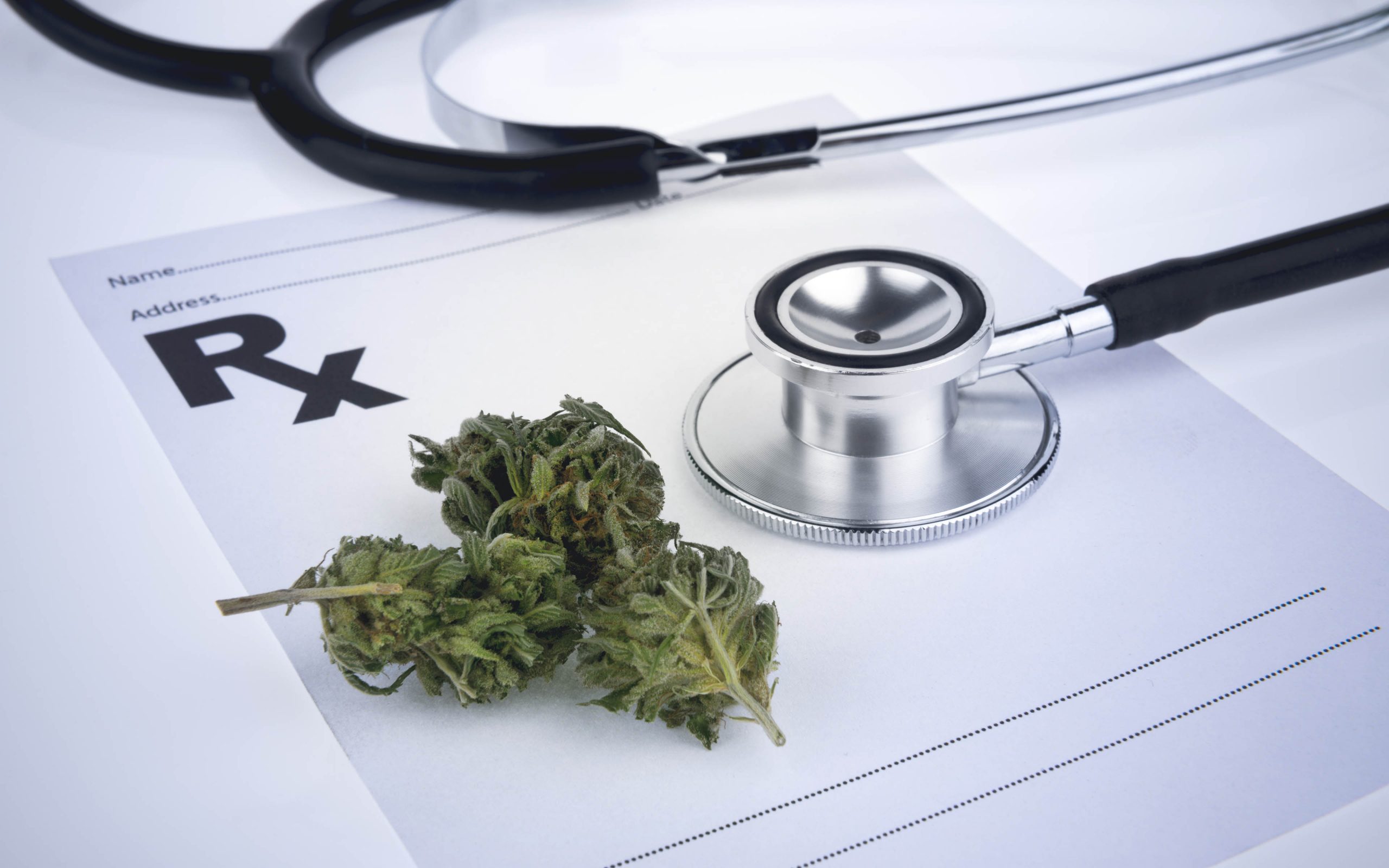Marijuana’s official designation as a Schedule 1 drug something with “no currently accepted medical use” means it’s pretty tough to study. Yet both a growing body of research and numerous anecdotal reports link cannabis with several health benefits, including pain relief and helping with certain forms of epilepsy. In addition, researchers say there are many other ways marijuana might affect health that they want to better understand. A massive new report released in January by the National Academies of Sciences, Engineering, and Medicine helps sum up exactly what we know and, perhaps more important, what we don’t know about the science of cannabis.
One of weed’s active ingredients, tetrahydrocannabinol, or THC, interacts with our brain’s reward system, the part that has been primed to respond to things that make us feel good, like eating and sex. When overexcited by drugs, the reward system creates feelings of euphoria. This is also why some studies have suggested that excessive marijuana use can be a problem in some people the more often you trigger that euphoria, the less you may feel during other rewarding experiences. Within a few minutes of inhaling marijuana, your heart rate can increase by between 20 and 50 beats a minute. This can last anywhere from 30 minutes to three hours, according to the National Institute on Drug Abuse. The new report found insufficient evidence to support or refute the idea that cannabis might increase the overall risk of a heart attack. The same report, however, also found some limited evidence that smoking could be a trigger for a heart attack.
Marijuana also contains cannabidiol, or CBD, and this chemical, while not responsible for getting you high, is thought to be responsible for many of marijuana’s therapeutic effects such as pain relief or potentially treating certain kinds of childhood epilepsy. A drug called Epidiolex, which contains CBD, may be on its way to becoming the first of its kind to win approval from the Food and Drug Administration for the treatment of rare forms of childhood epilepsy. The company that makes it, GW Pharma, is exploring CBD for its potential use in people with Dravet syndrome, a rare form of childhood-onset epilepsy that is associated with multiple types of seizures.
Pain is also “by far the most common” reason people request medical marijuana, according to the report.
Other studies testing both other cannabinoid products and inhaled marijuana have shown similar pain-relieving effects, according to the report. Some people with inflammatory bowel diseases like Crohn’s and ulcerative colitis could also benefit from marijuana use, studies suggest.
A 2014 article describes two studies of people with chronic Crohn’s in which half were given the drug and half were given a placebo. That study showed a decrease in symptoms in 10 of 11 subjects using cannabis, compared with just four of 10 on the placebo. But when the researchers did a follow-up using low-dose CBD, they saw no effect in the patients.
It may throw off your balance, as it influences activity in the cerebellum and basal ganglia, two brain areas that help regulate balance, coordination, reaction time, and posture.
Feeling as if time is sped up or slowed down is one of the most commonly reported effects of using marijuana. A 2012 document sought to draw some more solid conclusions from some of the studies on those anecdotal reports, but it was unable to do so.
“Even though 70% of time estimation studies report overestimation, the findings of time production and time reproduction studies remain inconclusive,” the paper said.
In a 1998 study that used magnetic resonance imaging to focus on the brains of volunteers on THC, the authors noted that many had altered blood flow to the cerebellum, which most likely play a role in our sense of time. Limitations on what sort of marijuana research is allowed make it particularly difficult to study this sort of effect.
Marijuana may effectively flip a circuit in the brain that is normally responsible for quelling the appetite, triggering us to eat instead, according to a recent study of mice.
It all comes down to a special group of cells in the brain that are normally activated after we have eaten a big meal to tell us we’ve had enough. The psychoactive ingredient in weed appears to activate just one component of those appetite-suppressing cells, making us feel hungry rather than satisfied.
Visit Marijuana Card North Carolina to learn more about how medical marijuana can help treat you conditions. We have over 25,000 medical marijuana patients currently using cannabis with great success, don’t wait any longer! Contact our team of medical marijuana doctors today to get qualified!

